Long-time readers of this column are well aware that I am an avid advocate (say that three times fast) for eating beans. I proudly proclaim affinity with the leguminati, a not-so-secret society of devoted beaniacs brought together by a love of all things Rancho Gordo. I am excited to tell you that science supports the regular consumption of beans and peas as a strategy for longevity.
A few weeks ago, at a Rancho Gordo Bean Club town hall, I had the opportunity to meet Dan Buettner, a researcher who studies the world’s longest-living populations and the founder of the “Blue Zones” organization. Blue Zones are geographic regions around the world where the populace live extraordinarily long and healthy lives. Buettner has identified five Blue Zones spanning the globe from Okinawa, Japan, to Loma Linda, California, that share nine commonalities he has dubbed “The Power Nine.”
The Power Nine
- Move Naturally – People who live in Blue Zones exist in environments that are constantly nudging them to move their bodies without thinking about it. Rather than joining gyms, running marathons, or lifting weights, Blue Zone residents grow gardens, ride bikes, and have limited use of mechanical conveniences in their homes.
- Purpose – Buettner says that knowing your reason for being adds up to seven years of life expectancy.
- Downshift – While Blue Zone residents experience stress, just like the rest of us, their regular routines include activities that allow them to decompress. These include meditation, reflection, naps, and happy hour!
- Belonging – Being in community with others as a regular practice at least four times per month will add between four and fourteen years of life expectancy.
- Loved Ones First – Familial connections are also essential to longevity. In the five Blue Zones, people stay near to their loved ones, often housing their aging parents and grandparents nearby or in their own homes. They commit to a life partner and prioritize spending time with their children.
- Right Tribe – Members of Blue Zone communities have social circles that promote healthy behaviors.
80% Rule – There is about a 20% gap between not being hungry and feeling full. This gap is the difference between gaining and losing weight. In Blue Zone communities, people regularly stop eating when they are about 80% full. - Wine @ 5 – People in all of the Blue Zones drink alcohol moderately but regularly. The trick is to drink 1 to 2 glasses of wine per day.
- Plant Slant – Finally, BEANS make up the cornerstone of Blue Zone centenarian diets. Small portions (3 to 4 ounces) of meat are consumed only about five times a month.
If you are interested in learning more about Blue Zones, I encourage you to check out the award-winning documentary on Netflix, “Live to 100: Secrets of the Blue Zones.” For help incorporating Blue Zone lessons into your regular diet, Dan has published several Blue Zone cookbooks that equip you with the tools that you need to eat ’til you’re 100!
Here’s a great recipe that is easy, inexpensive, plant-based, and delicious—consider it your first step toward longevity.
The Smoothest Hummus You’ve Ever Eaten:
INGREDIENTS:
1 ½ c dried chickpeas
1 t baking soda
6 ½ c water
1 c plus 2 T tahini paste
4 T freshly squeezed lemon juice
4 cloves garlic, crushed
Salt
6 ½ T ice-cold water
DIRECTIONS:
- The night before, put the chickpeas in a large bowl and cover them with cold water at least twice their volume. Leave to soak overnight.
- The next day, drain the chickpeas. Place a medium saucepan over high heat and add the drained chickpeas and baking soda. Cook for about 3 minutes, stirring constantly. Add the water and bring to a boil. Cook, skimming off any foam and any skins that float to the surface. The chickpeas will need to cook between 20 and 40 minutes, depending on the type and freshness, sometimes even longer. Once done, they should be very tender, breaking up easily when pressed between your thumb and finger, almost but not quite mushy.
- Drain the chickpeas. You should have roughly 3 ⅔ cups. Place the chickpeas in a food processor and process until you get a stiff paste. Then, with the machine still running, add the tahini paste, lemon juice, garlic, and 1 ½ teaspoons salt. Finally, slowly drizzle in the iced water and allow it to mix for about 5 minutes, until you get a very smooth and creamy paste.
- Transfer the hummus to a bowl, cover the surface with plastic wrap, and let it rest for at least 30 minutes. If not using straightaway, refrigerate until needed. Make sure to take it out of the fridge at least 30 minutes before serving.
- Garnish with a drizzle of olive oil and a sprinkle of smoked paprika. Eat with fresh veggies or pita bread!

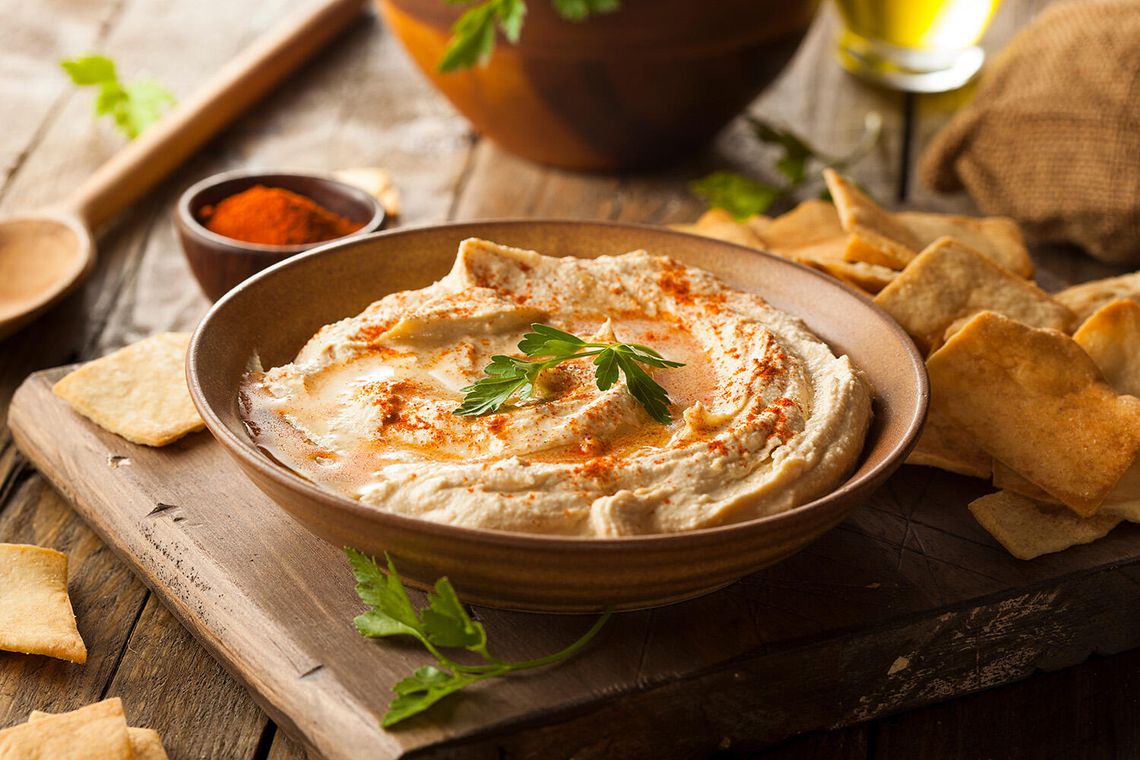
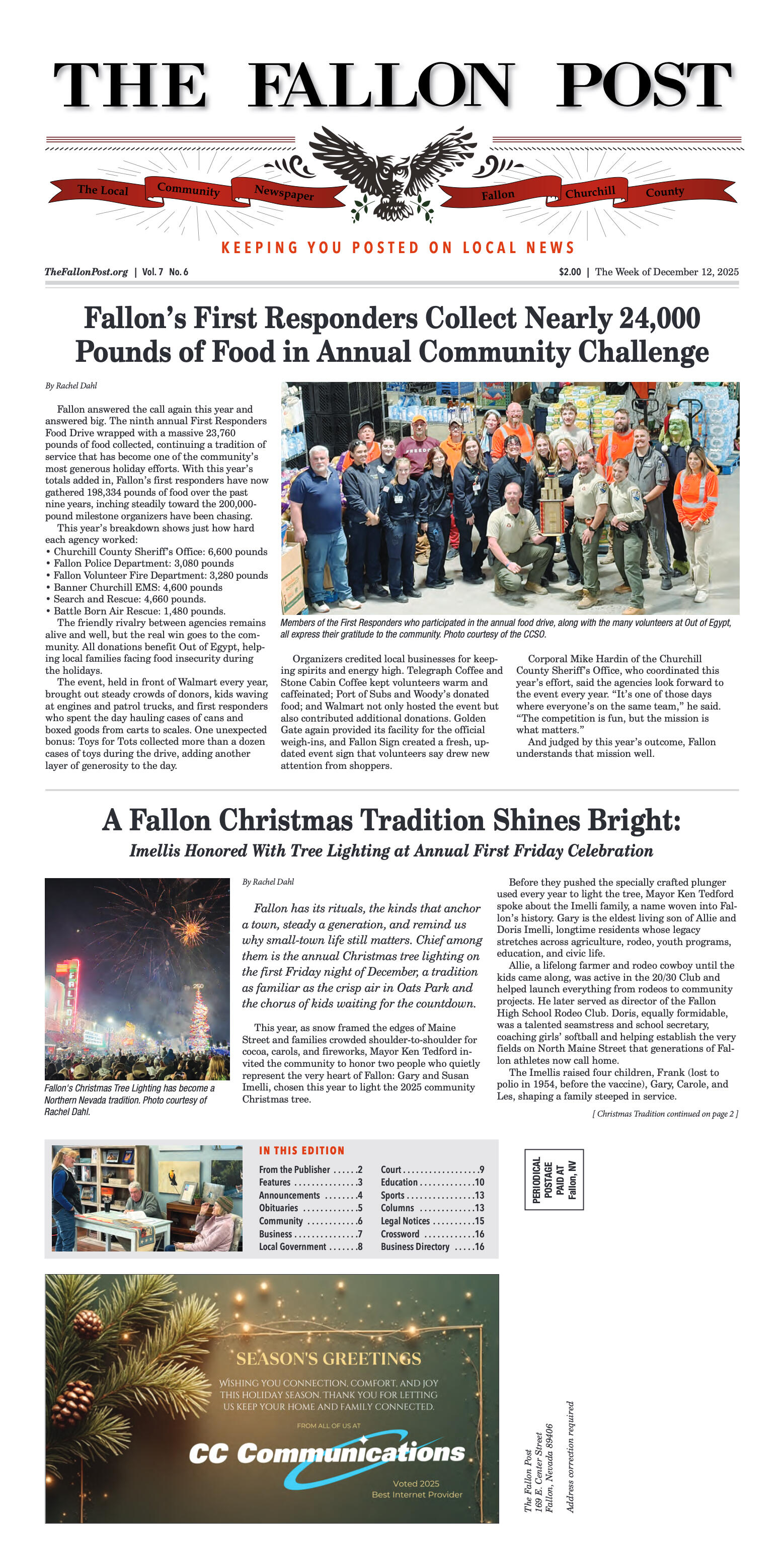
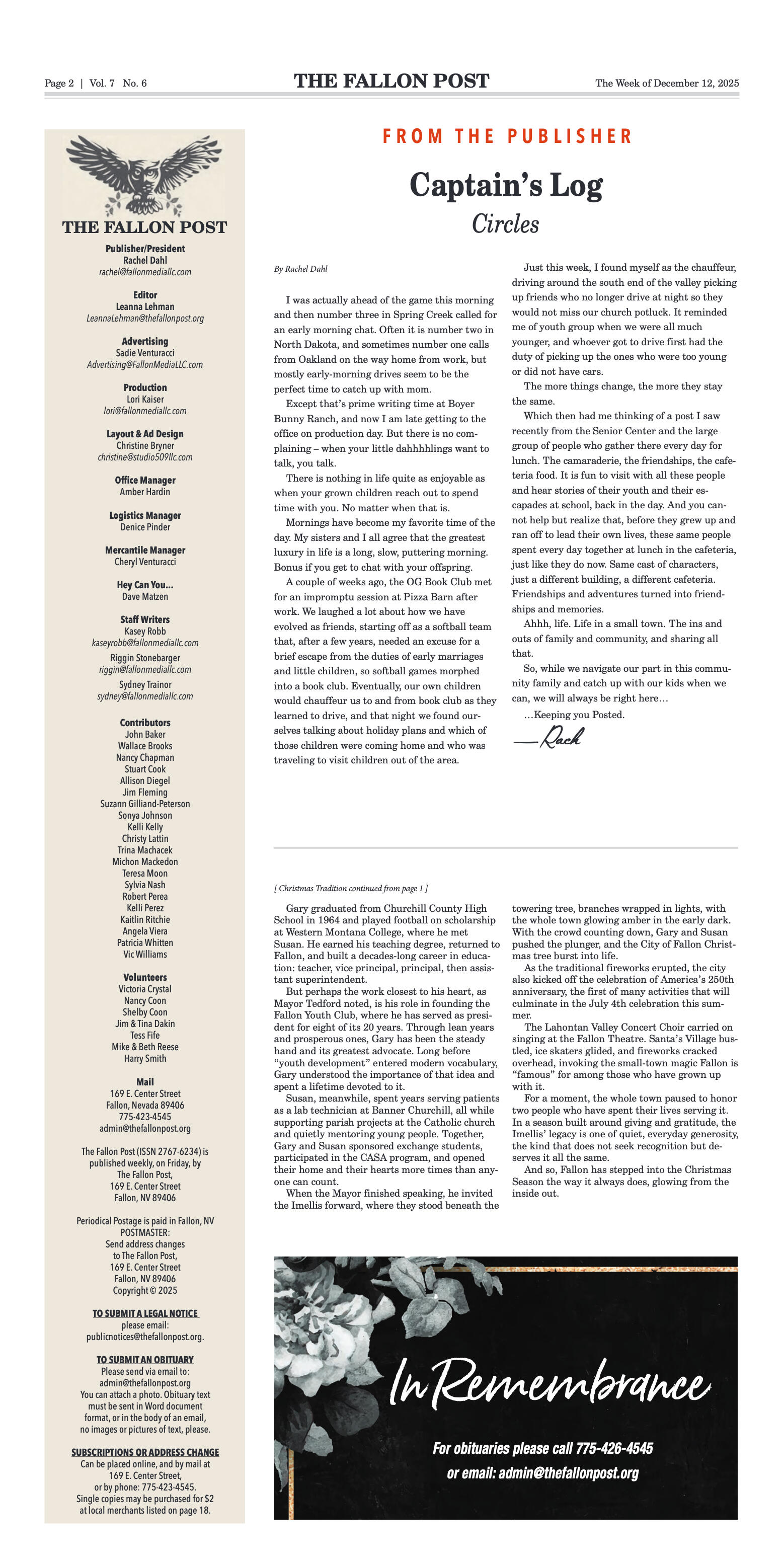
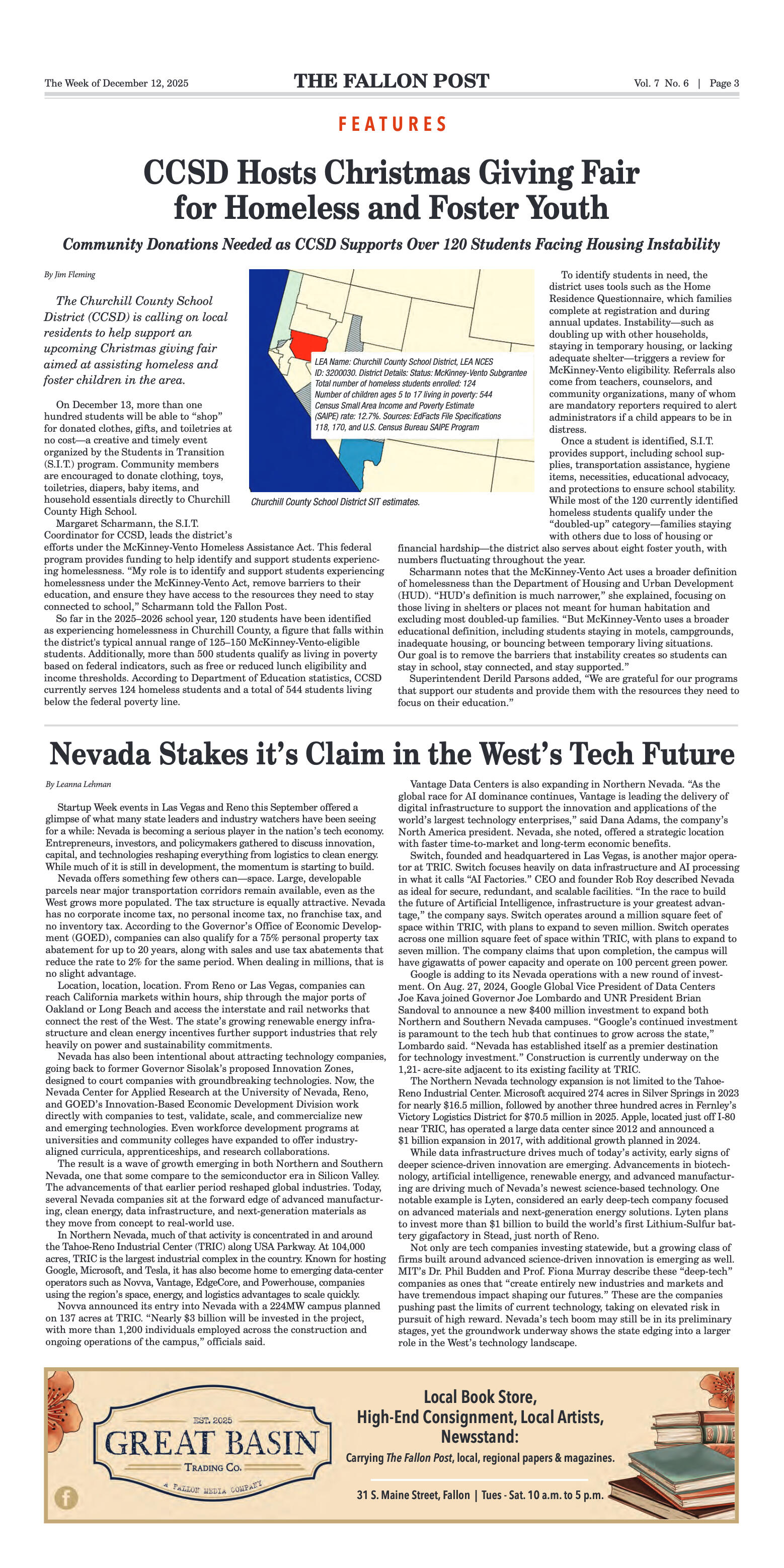
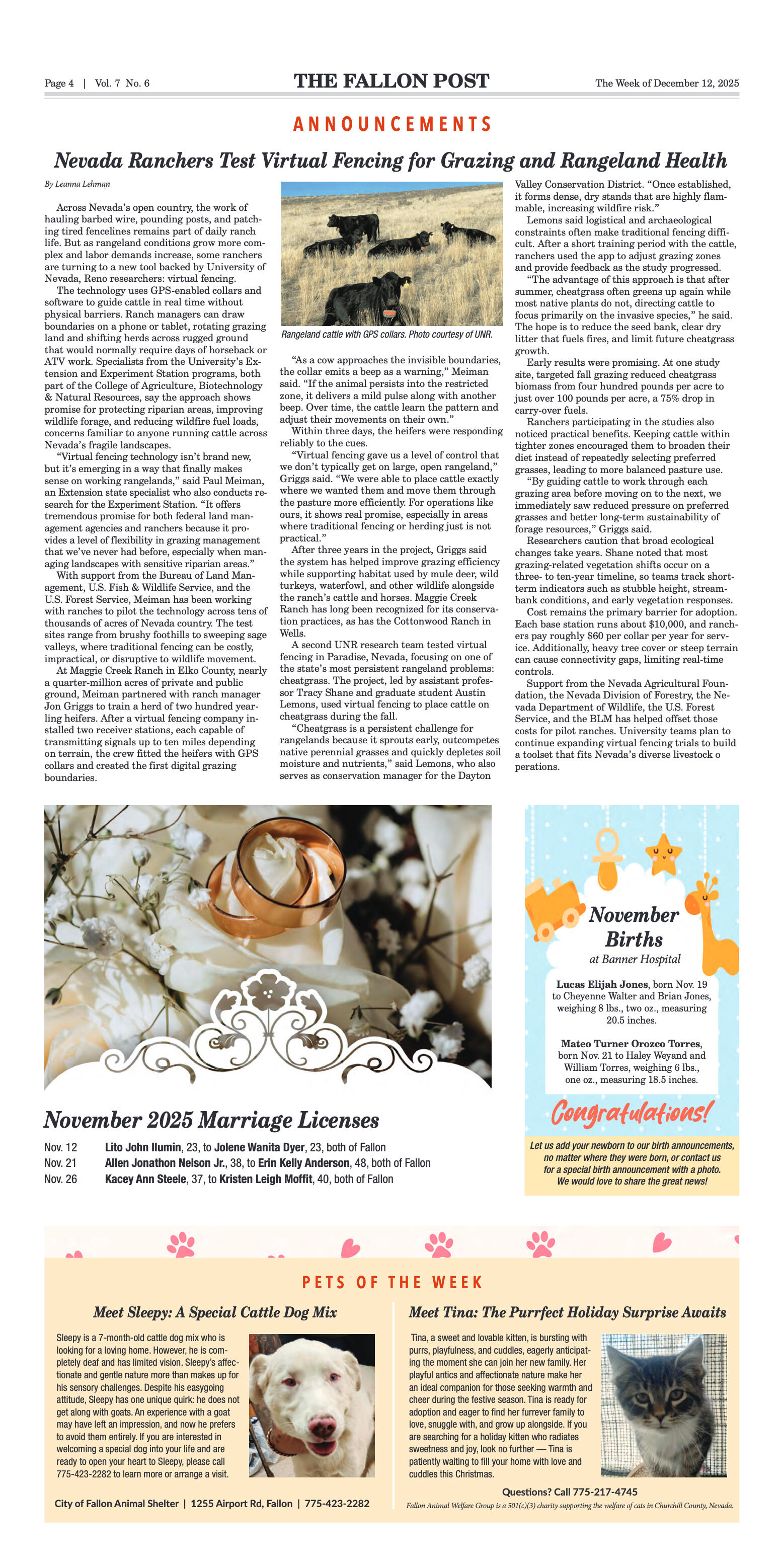
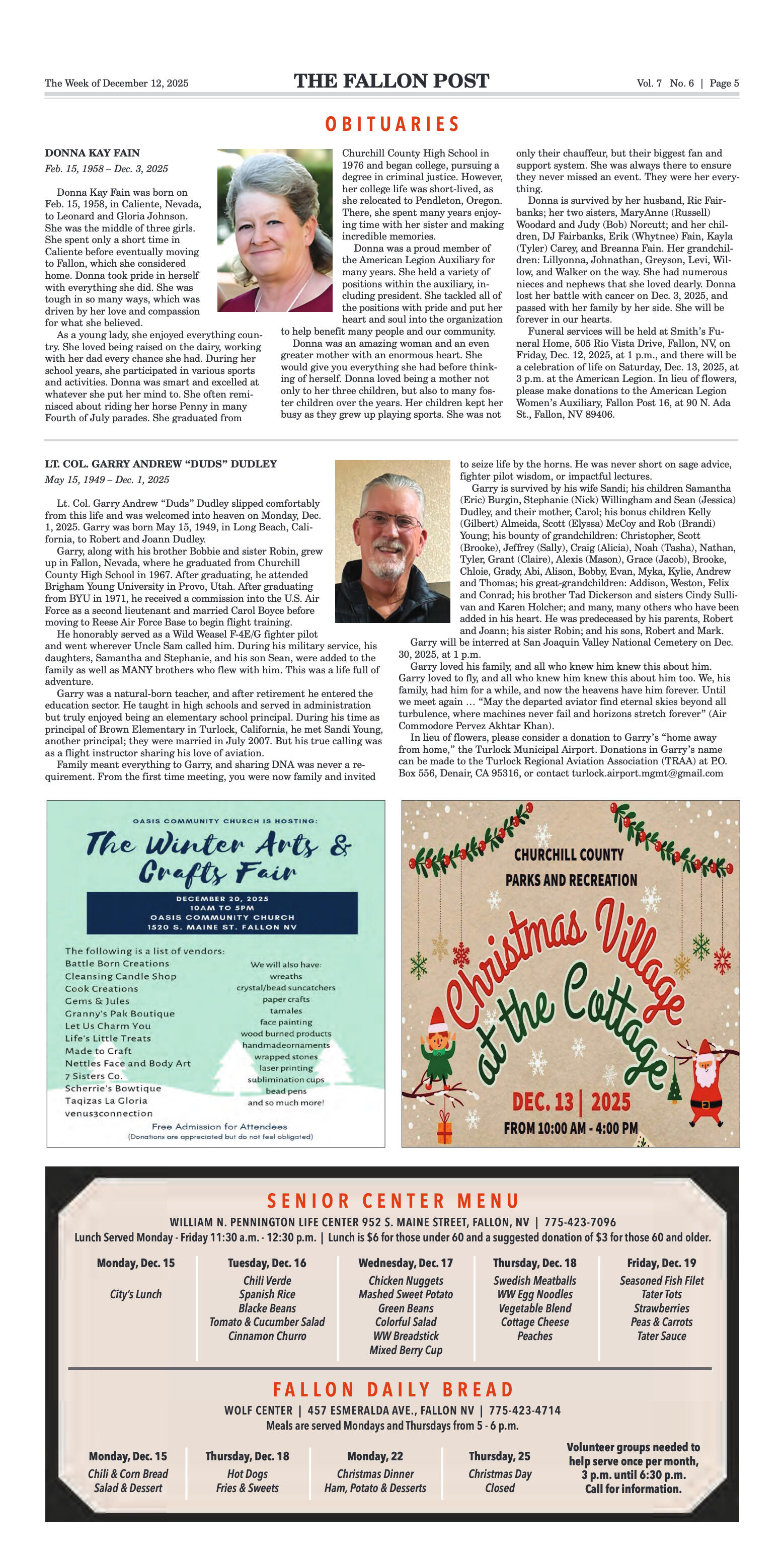
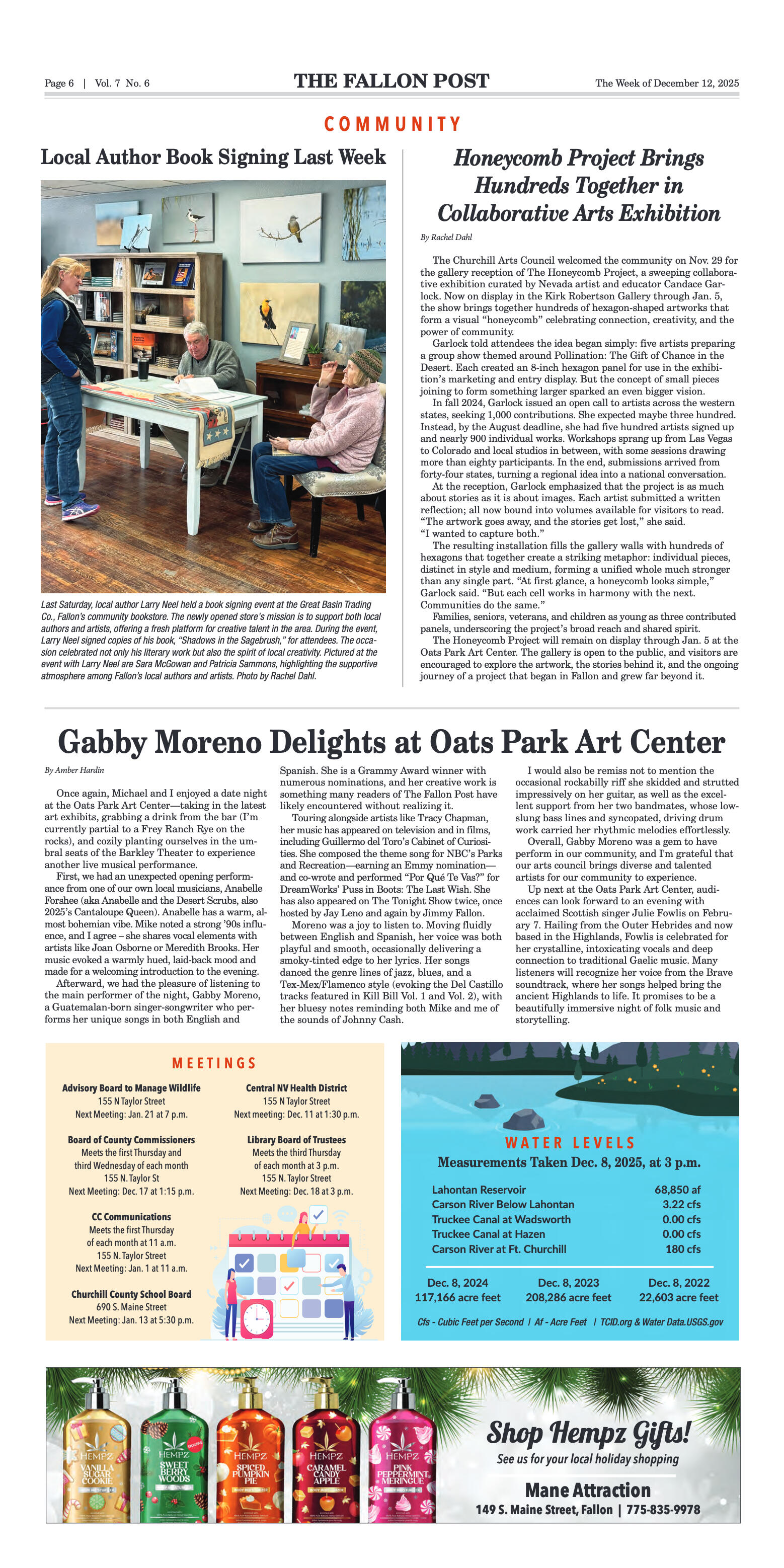
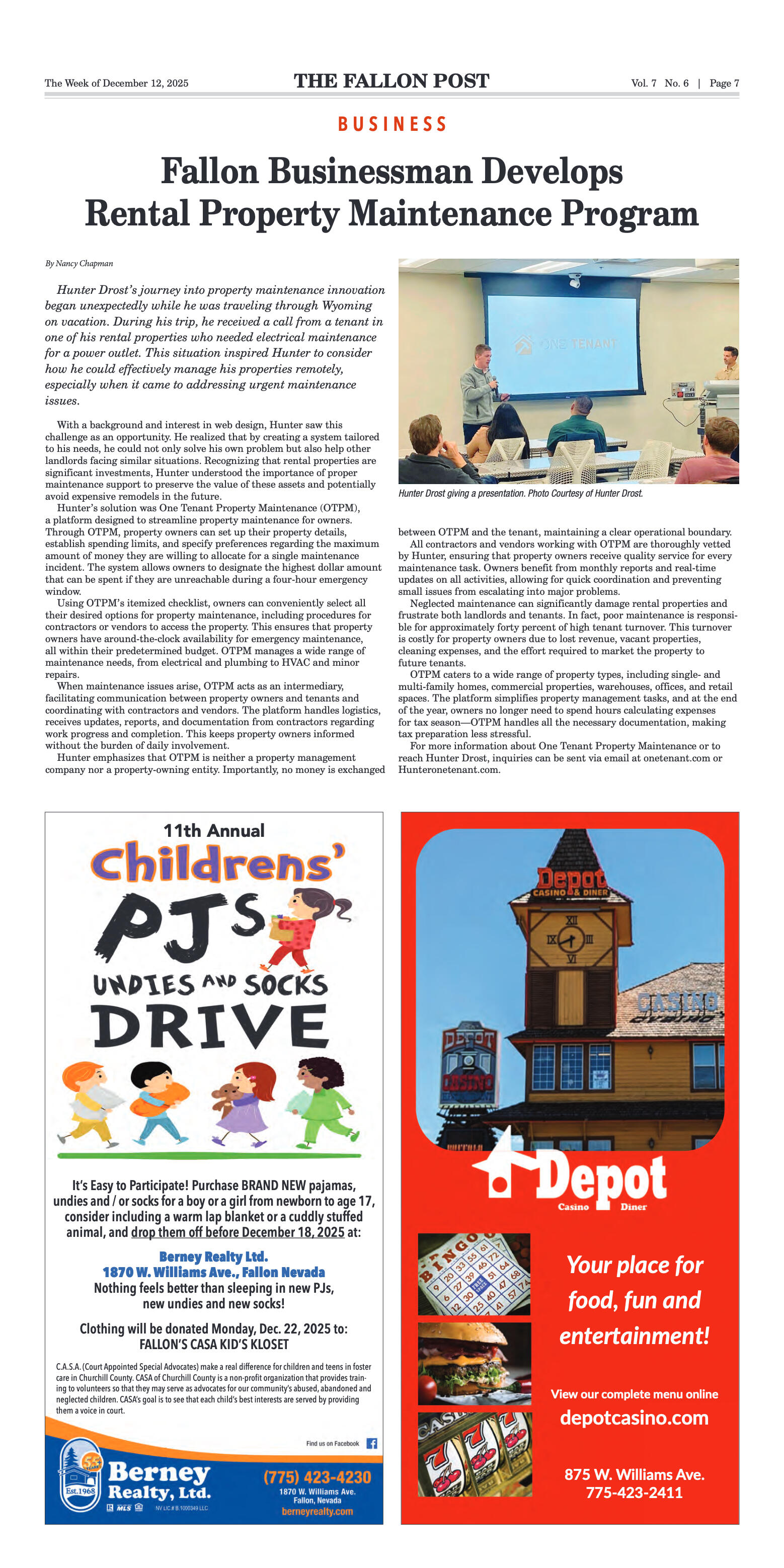
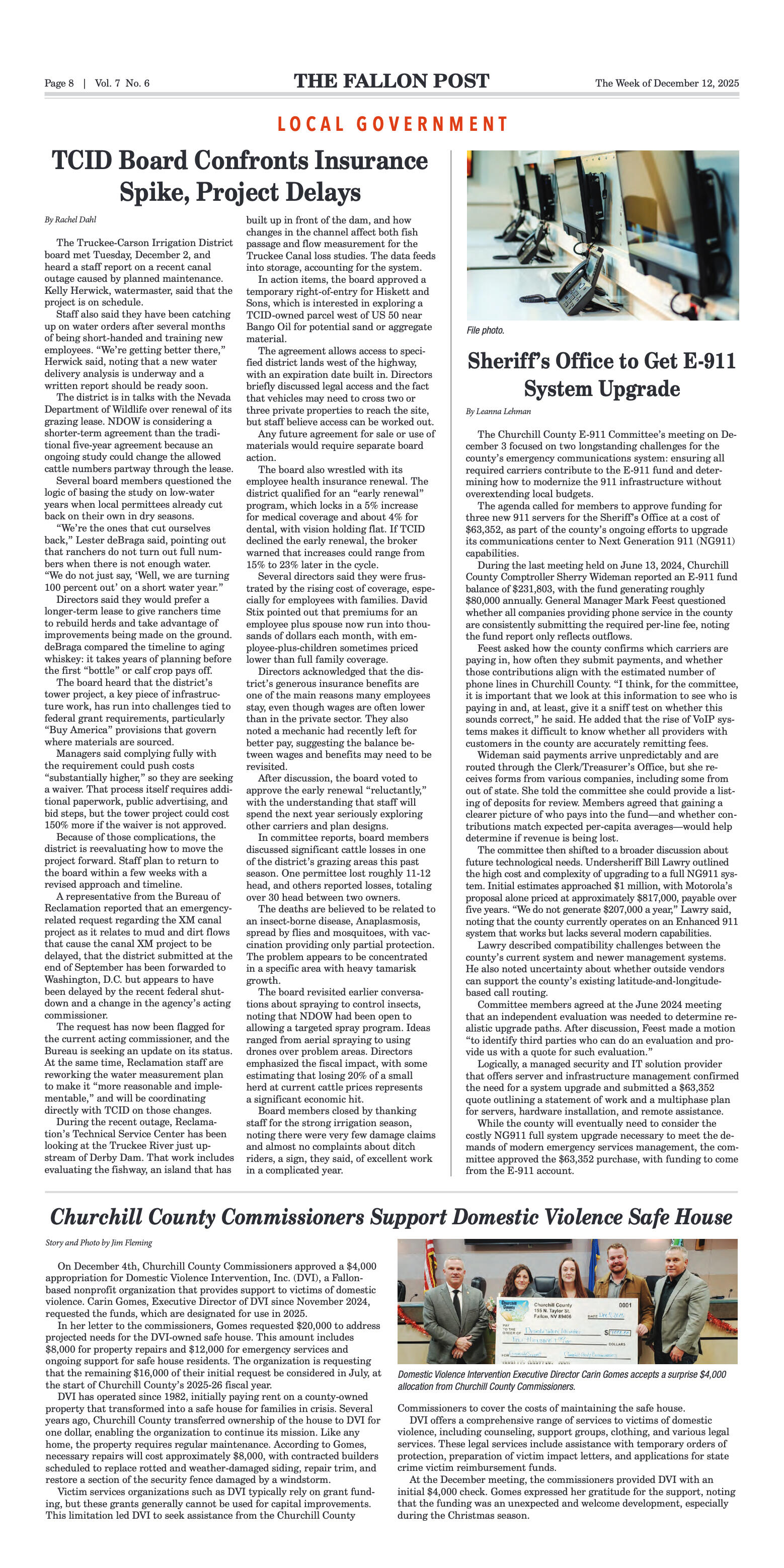
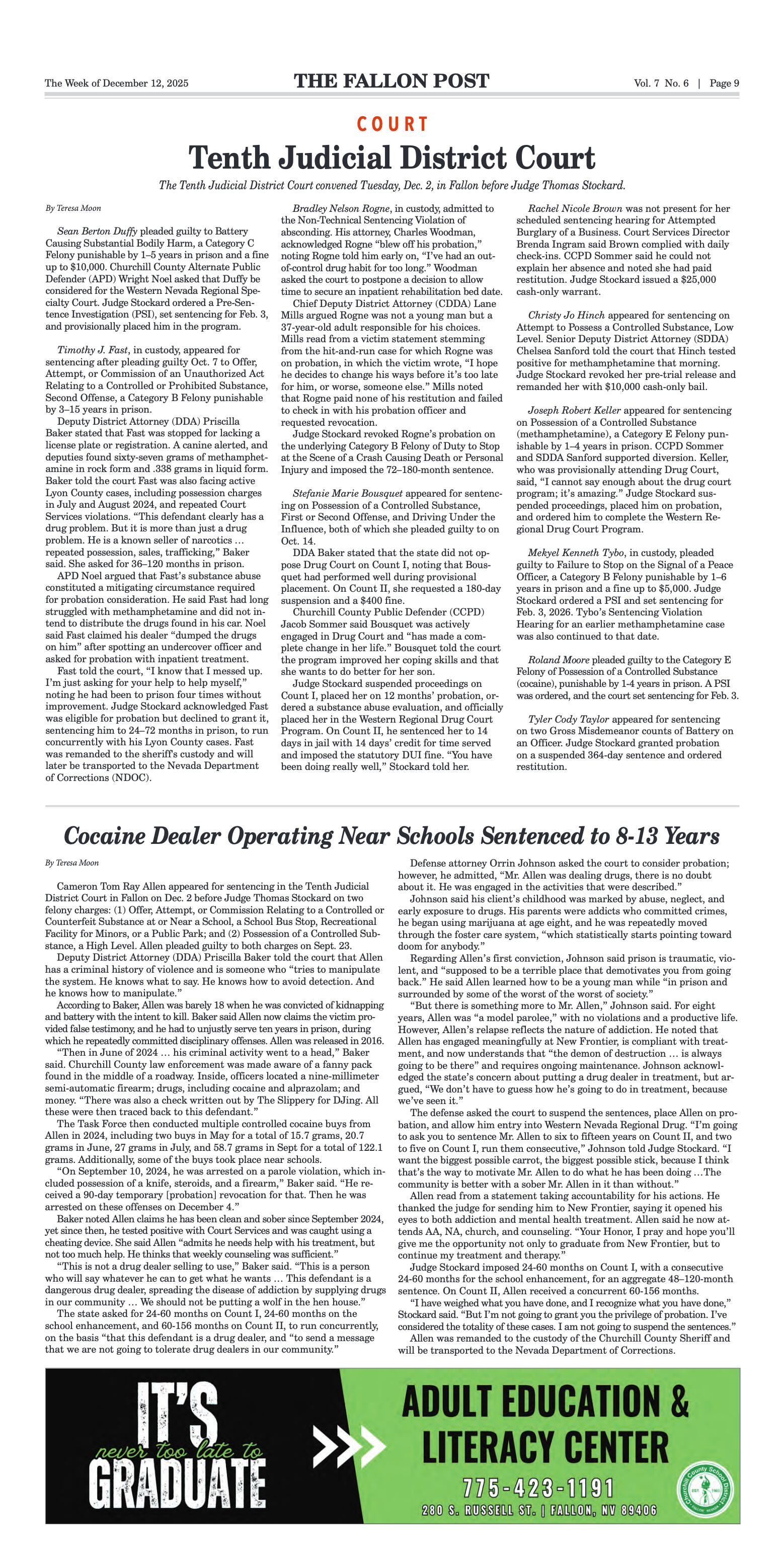
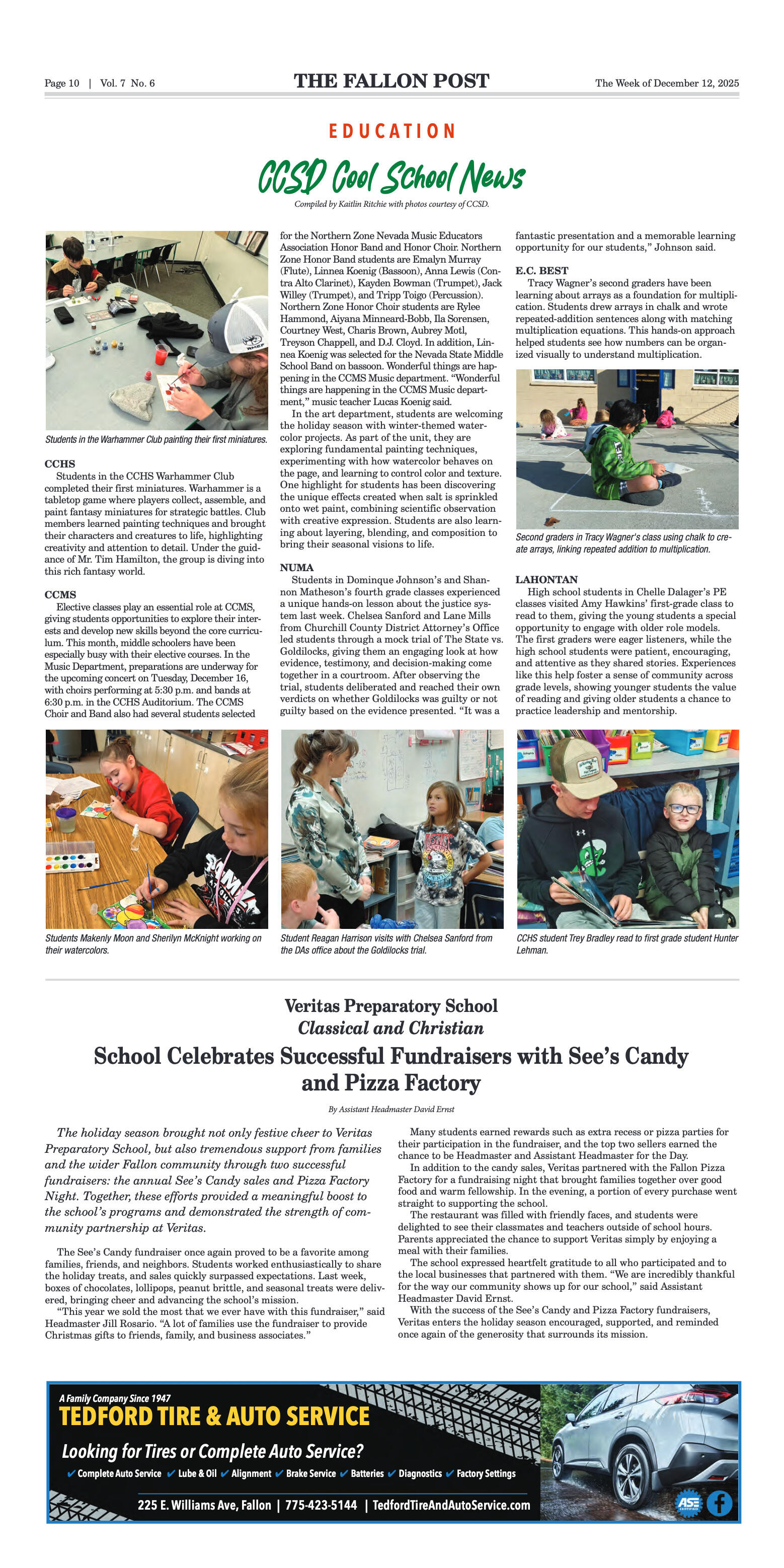
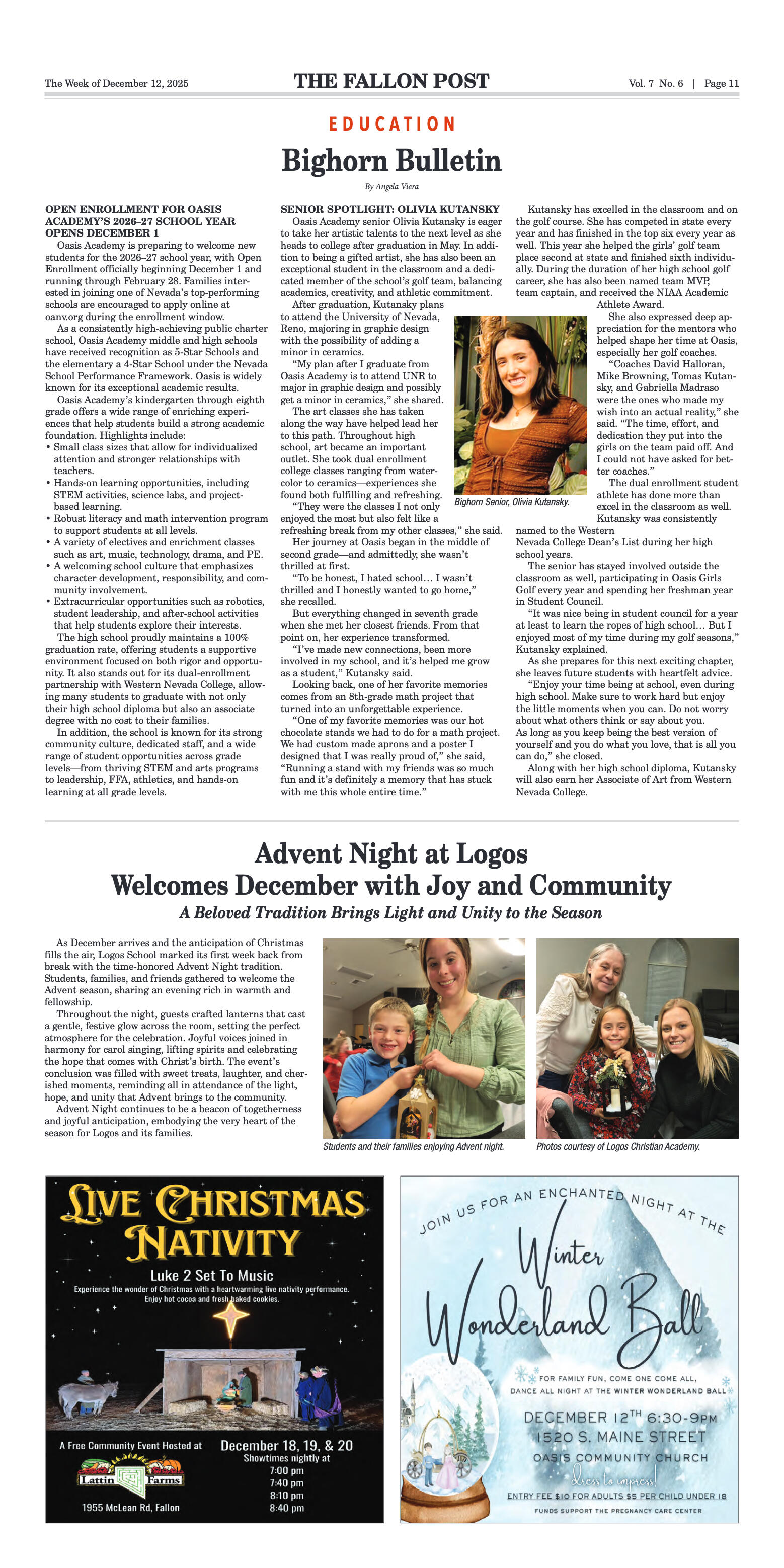
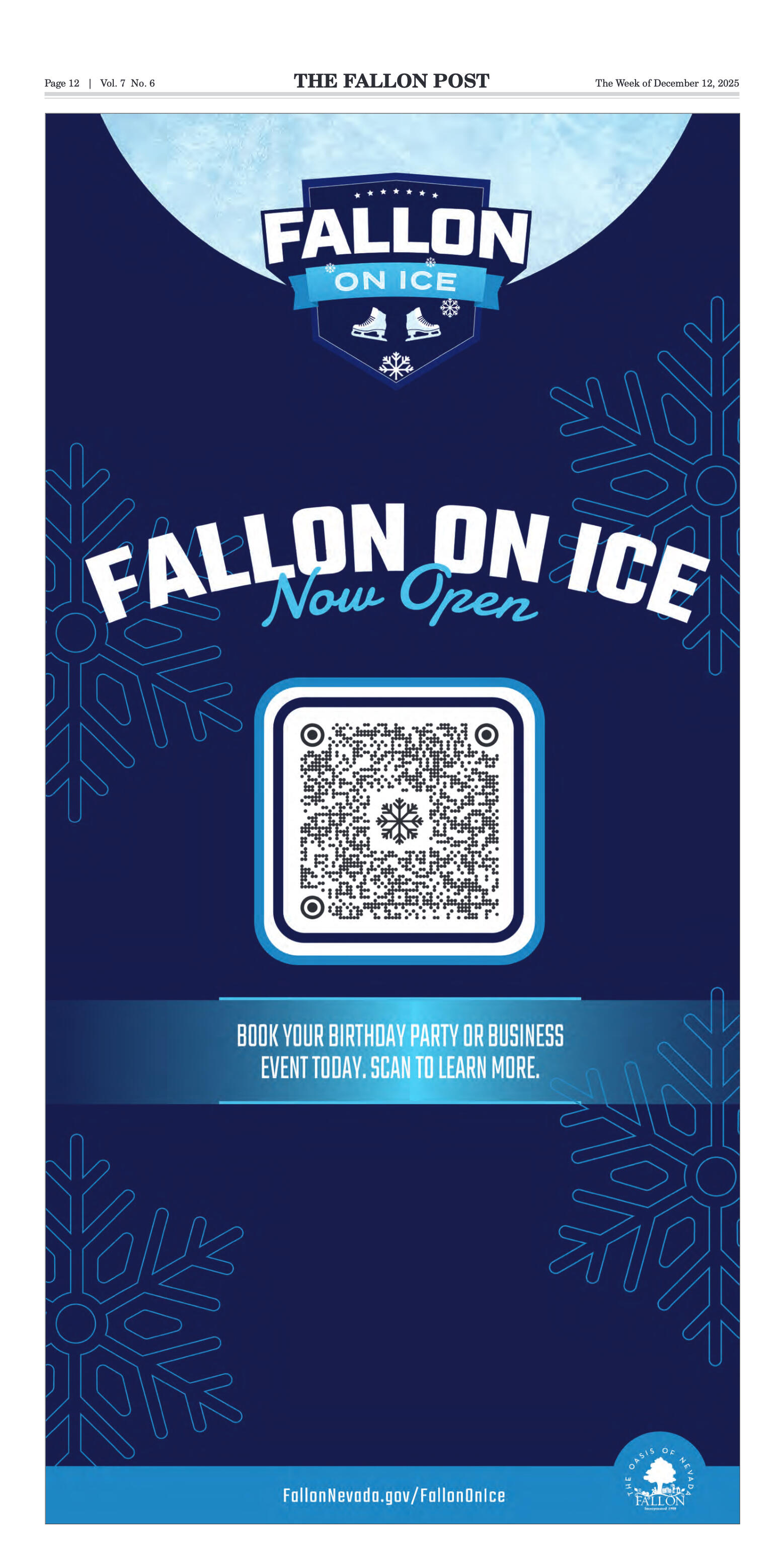
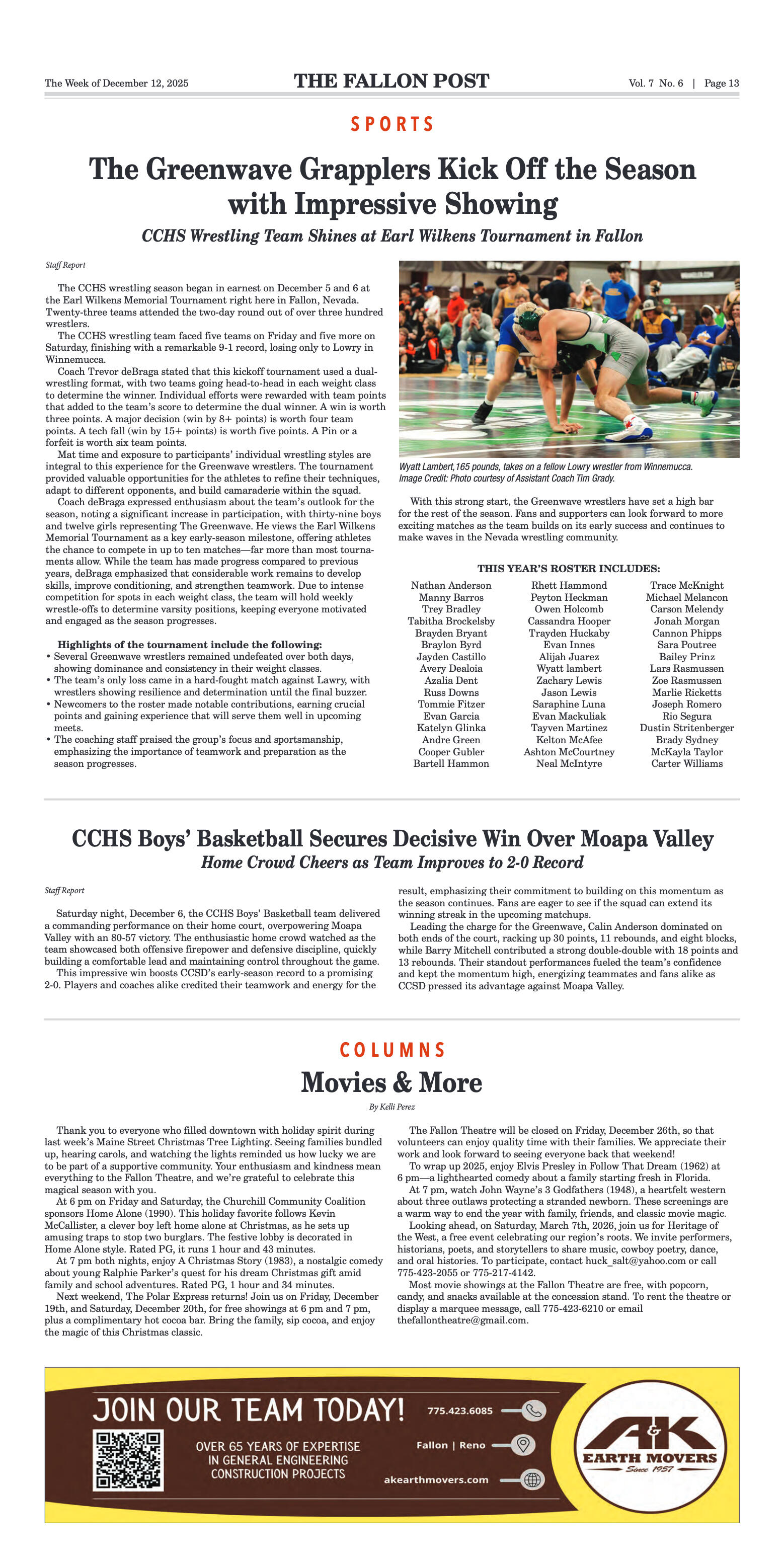
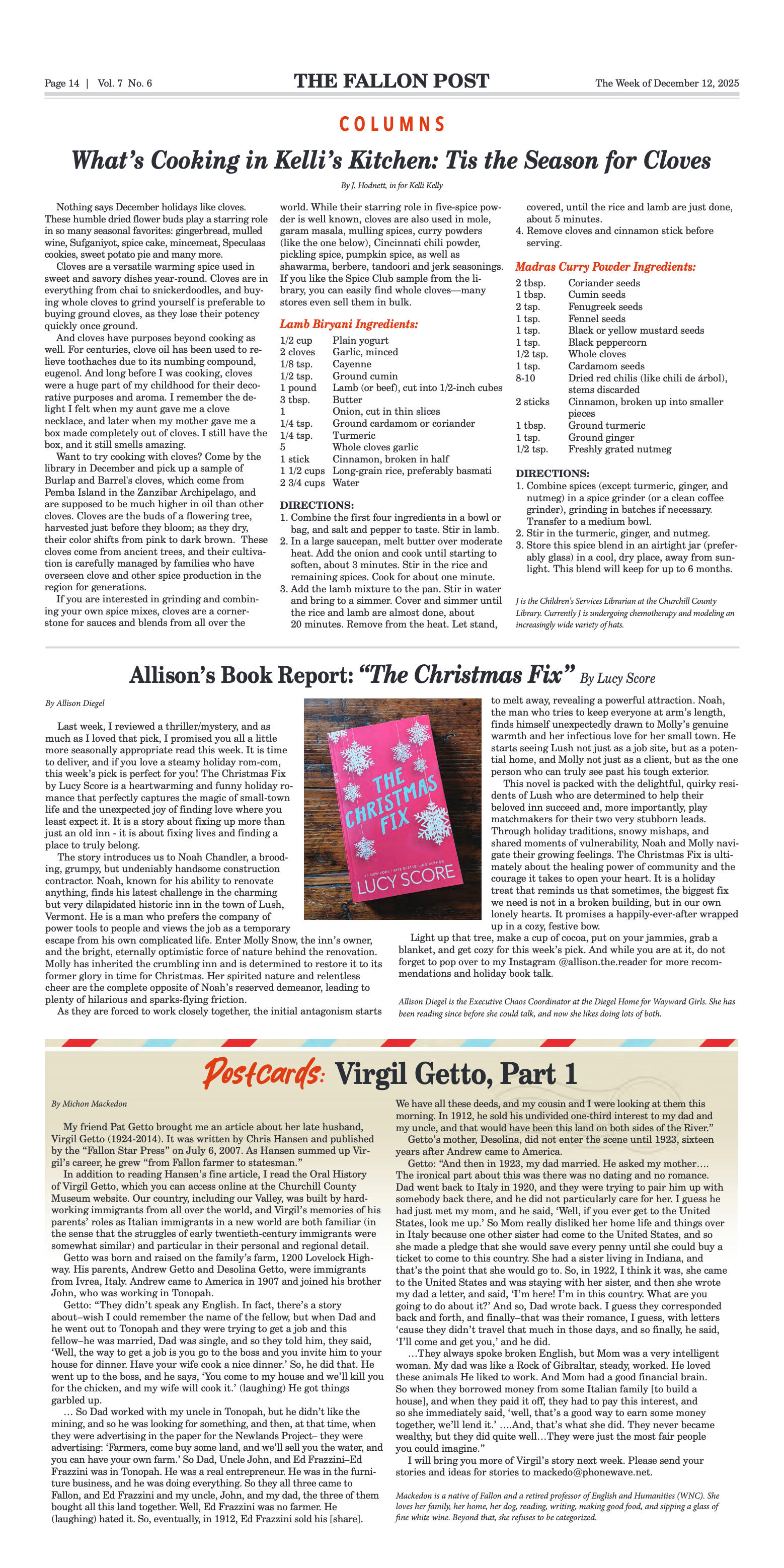
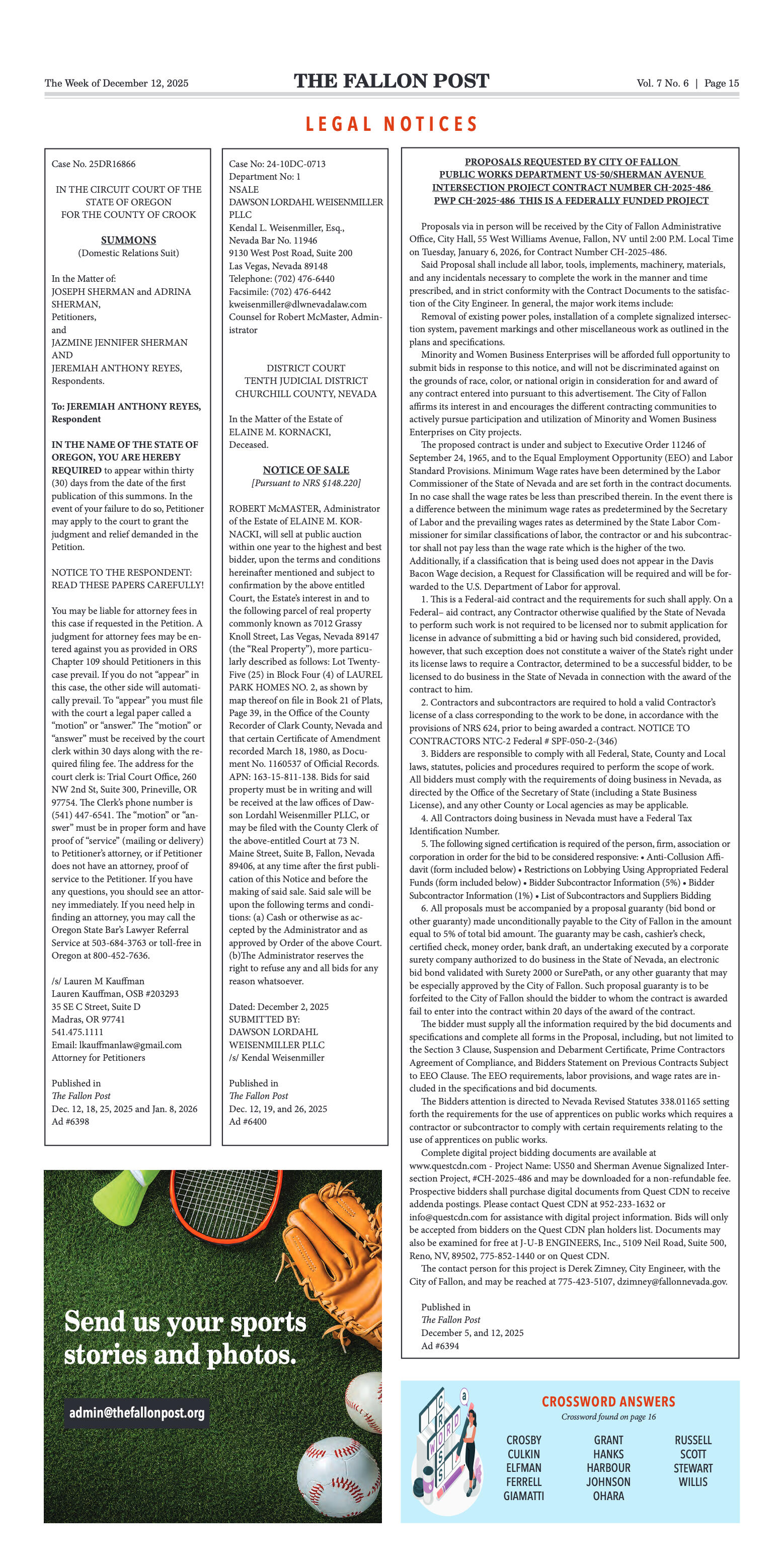
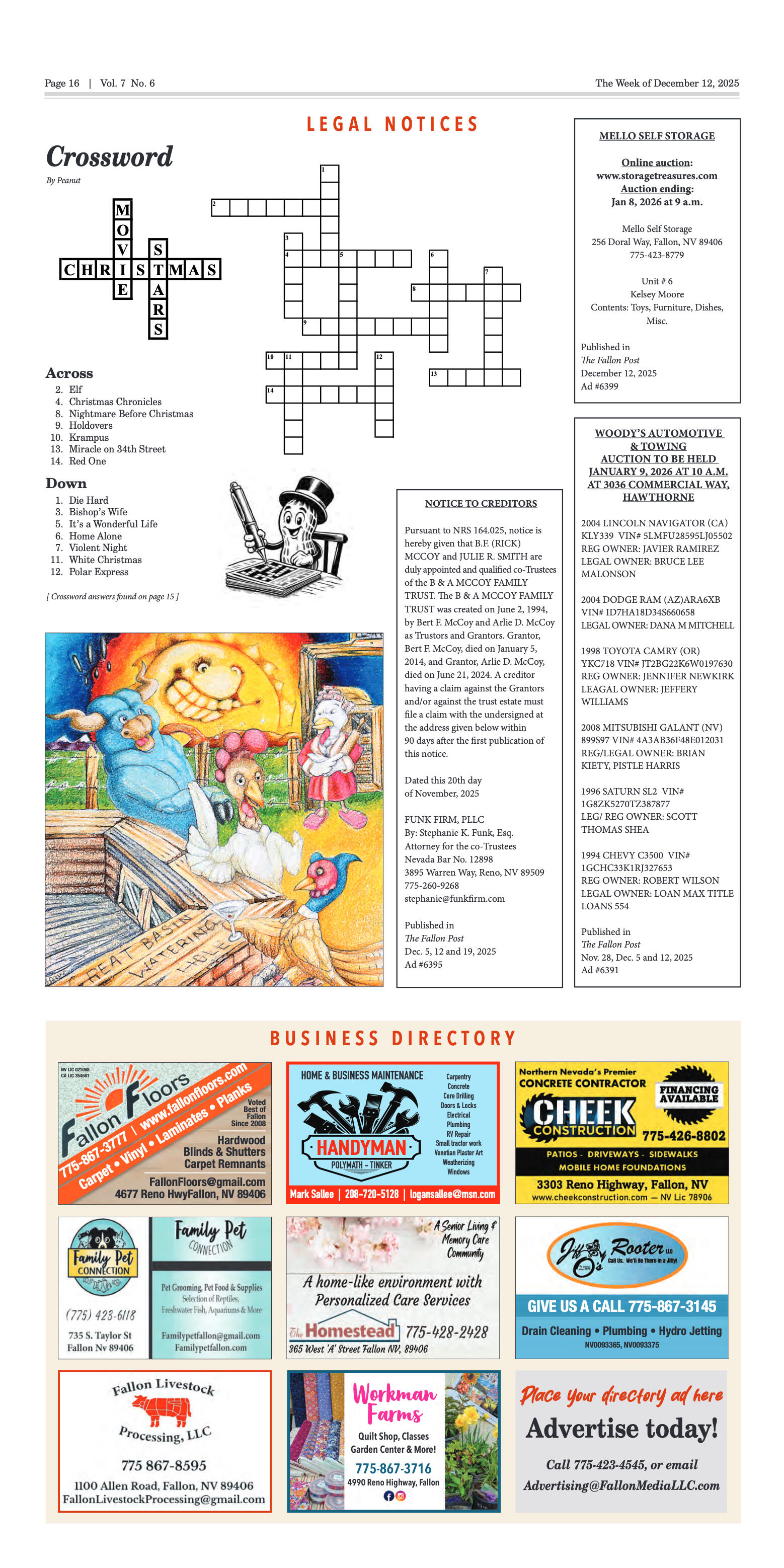




















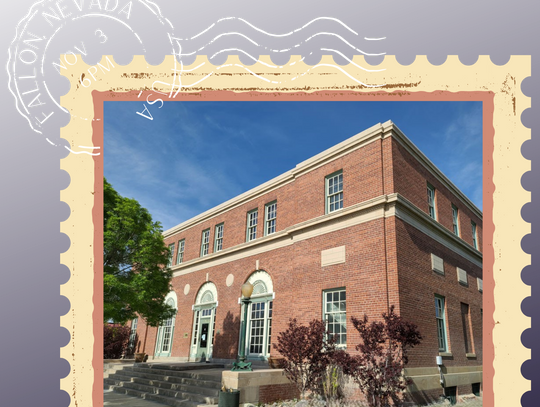

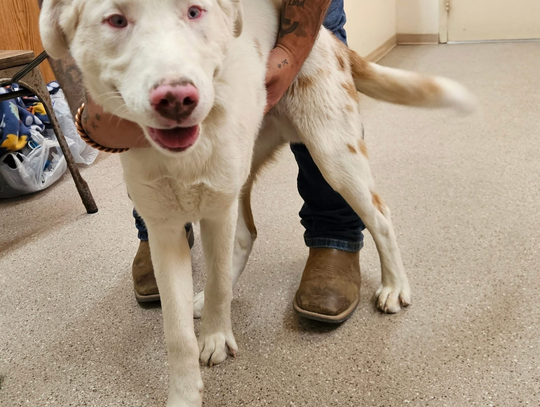

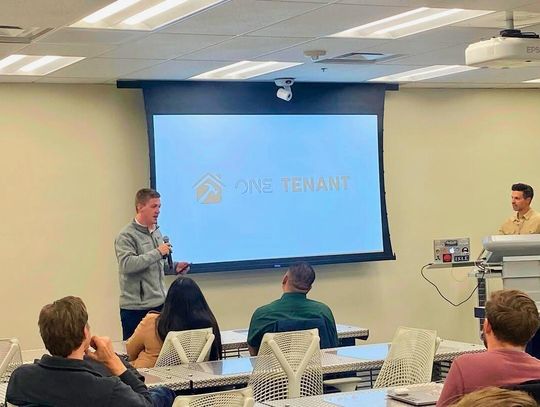

Comment
Comments